Plastic Century - Stuart Candy, Jake Dunagan, Sarah Kornfeld, and Dr. Wallace “J” Nichols
Plastic Century examines the amount of plastic pollution in the 5 subtropical ocean gyres where marine debris and plastic accumulates as a result of oceanic currents and sits floating in what are called garbage patches or islands.
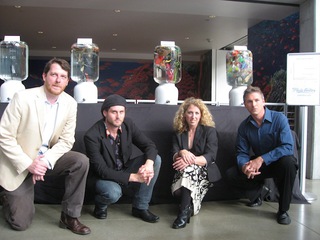
Artist Sarah Kornfeld, oceanographer Wallace J. Nichols, and futurists Stuart Candy and Jake Dunagan
Introduction
Plastic Century was a project completed in conjunction with the California Academy of Science in San Francisco. On the day it premiered, there were three events that coincided: it was World Oceans Day; it would have been Jacques Cousteau’s hundredth birthday; it was also roughly 100 years since plastic itself was invented.
The project looked at the amount of plastic pollution in the 5 subtropical ocean gyres, where marine debris and plastic accumulates as a result of oceanic currents and sits floating in what are called garbage patches or islands.
In order to visualize the plastic pollution, we created four large glass water coolers. The first one represented 1910, the second 1960, the third the present (2010 at the time), and the final one was 2030. We tracked and projected the actual tonnage of plastic in the ocean and filled the water coolers with relative percentages of plastic for each time representation. So in 1910 there was one little piece of plastic, in 1960 more, 2010 was swimming in plastic, and 2030 was almost opaque with plastic.
Plastic never goes away, and it doesn’t leave the earth. The thing about plastic pollution is that it never degrades into anything else. So even at the molecular level, it's still like this plastic soup. The water coolers are invitations to directly ingest plastic infested water. We drink water in plastic bottles, but why not water with plastic?
Site-specific
Every Thursday night, the California Academy of Sciences hosts an after-hours event, where people get the chance to visit the museum after dark. We wanted to do something that would grab their attention—something that would provoke and reward attention at different levels. If visitors came up and just glanced at the installation they would see a strange and beautiful piece. If they came up and read all of the information that we had associated with it, they'd learn about plastic pollution in the oceans. If they took a leap and actually drank the water, they would have a visceral experience and an unforgettable emotional interaction with the piece. At any of these levels, a shift in consciousness about plastic pollution was the goal.
Wisdom of Repugnance
Playing with a response like disgust is a great entry into deeper engagement. We intended to engage with these emotional registers first, and only later bring intellectual arguments to bear. We accepted the "invitation” of the exhibit ourselves by going to the coolers and very conspicuously drinking the water. We felt like discussion of endocrine disruption, limited degradation of the substance, and other implications would be more effective once we first elicited a feeling of disgust at the invasion of plastic into something pure like water.
Captivating Imagery
The exhibit/experience garnered critical attention with environmental blogs, art groups and general interest forums like Boing Boing. The exhibit worked because of its striking imagery and provocative invitation, but also because the message was dead simple. Plastic never leaves the Earth, it doesn’t go “away”, and if we don’t do something about it, our kids will be swimming in and drinking plastic soup.
Read More
- Our Plastic Century Project Site - http://www.iftf.org/future-now/article-detail/our-plastic-century/
Plastic Century: a taste of the polluted oceans By David Pescovitz, http://boingboing.net/2010/06/08/plastic-century-a-ta.html
Plastic Pollution in the Water? Drink Up! By Ariel Schwartz, http://www.fastcompany.com/1657283/plastic-pollution-water-drink
No comments yet. Why not add the first?
Acknowledgements & Credits
Plastic Century by Stuart Candy, Jake Dunagan, Sarah Kornfeld, and Dr. Wallace “J” Nichols
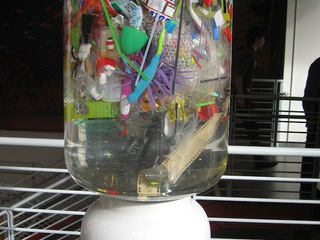
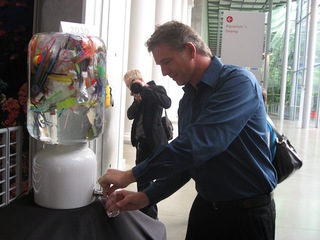
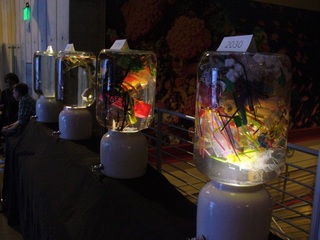
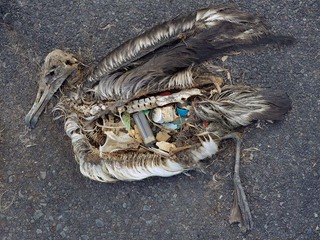
← Back to work
0 Comments